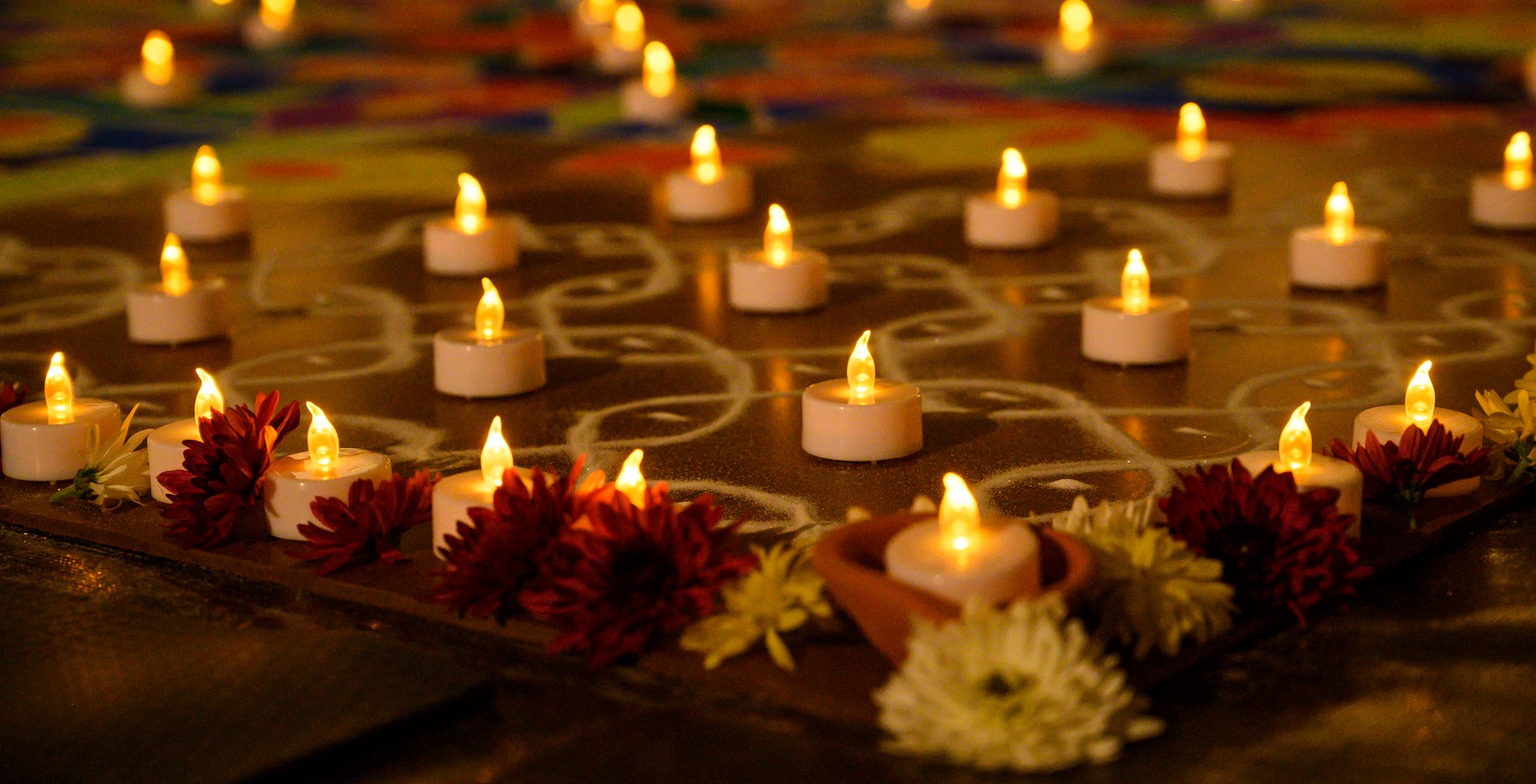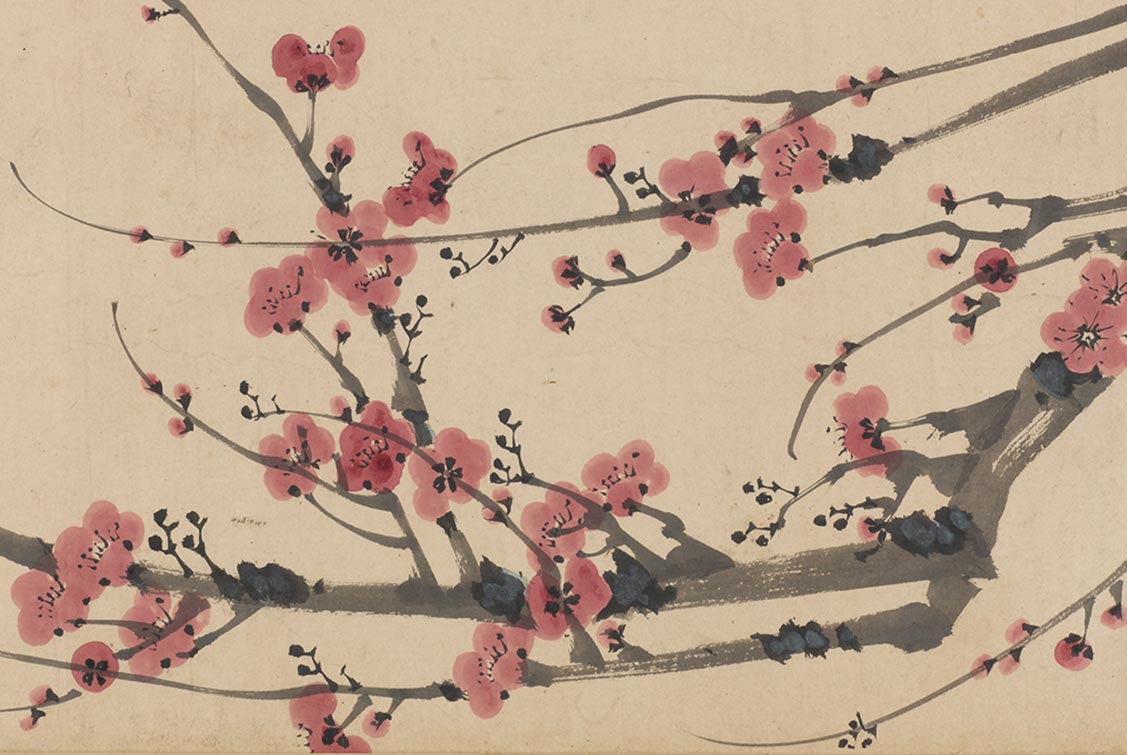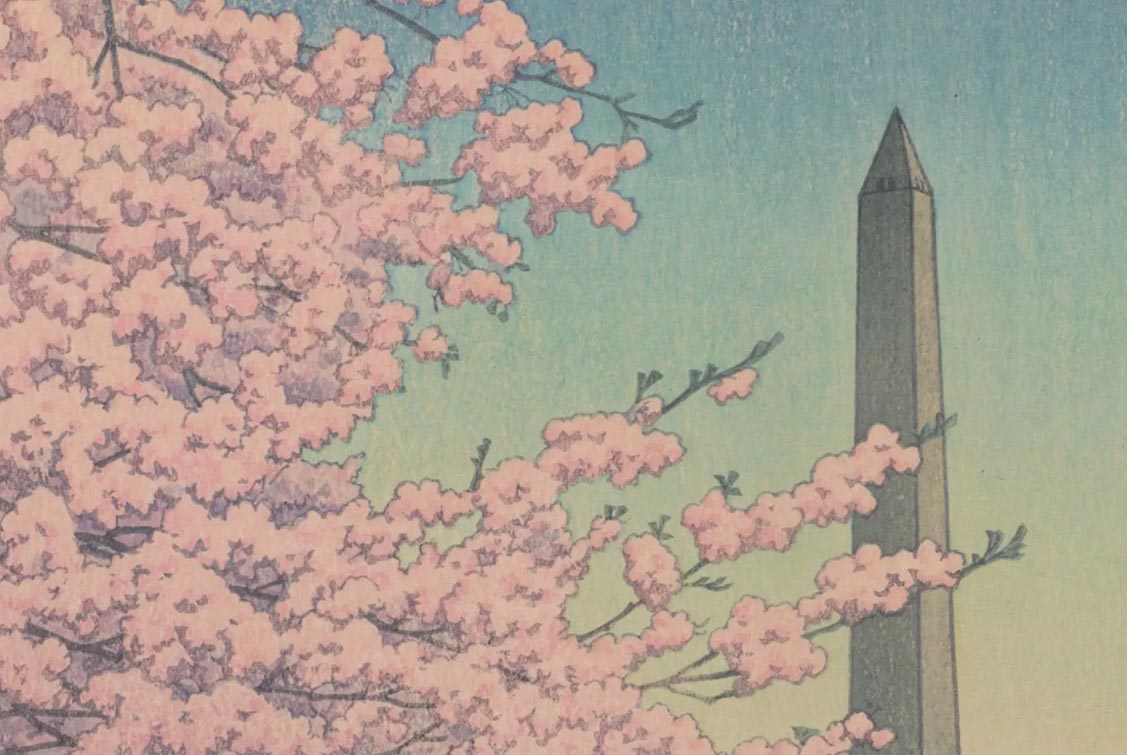We draw on cultural traditions from across Asia in festivals and events that bring the museums to life for visitors of all ages. Immerse yourself in celebrations featuring art, music, theater, dance, and food that highlight local and international artists and communities.
Celebrations


-

Centennial Celebration at the National Museum of Asian Art
Learn more about the centennialIn 1923, we became the Smithsonian’s first art museum on Washington, DC’s, National Mall. Since then, we’ve grown our collections, expanded our buildings, and earned a reputation for excellence through a century of exhibitions, research, conservation, and cultural exchange. Our centennial year is both a milestone and a springboard for a transformative vision for our next 100 years: to become a global resource for learning, research, and cultural connection.
-

Chuseok
Learn more about ChuseokThe Korean festival of Chuseok (literally, “autumn evening”) is celebrated in the eighth month of the lunar calendar when the moon is at its fullest. Associated with the harvest, the festival is a time for families to gather and give thanks to their ancestors. The origins of Chuseok can be traced back to the ancient Silla kingdom some two thousand years ago. Together with Lunar New Year, it is one of the most important holidays in Korea and is marked by many traditions.
-

Diwali
Learn more about DiwaliMany people around the world celebrate Diwali, the Hindu festival of light, which spans five days and marks the beginning of the new year in the Hindu calendar. Traditionally celebrated after the year’s last harvest, Diwali falls in the month of October or November. Celebrants honor the goddess Lakshmi, who is associated with agriculture and abundance, inviting her to enter and bless their homes, temples, and other public spaces.
-

Lunar New Year Celebration
Learn more about Lunar New YearLunar New Year is a celebration of the arrival of spring and the beginning of a new year on the lunisolar calendar. It is the most important holiday in China, and it is also widely celebrated in South Korea, Vietnam, and countries with a significant overseas Chinese population. While the official dates encompassing the holiday vary by culture, those celebrating consider it the time of the year to reunite with immediate and extended family.
-

National Cherry Blossom Festival
Learn more about cherry blossomsIn Washington, DC, the cherry tree has become a cherished symbol of the friendship between Japan and the United States. It all began in 1912, when Washington saw the arrival of more than 3,000 Japanese cherry trees, the first two of which were planted in West Potomac Park by First Lady Helen Herron Taft and Viscountess Chinda, the wife of the ambassador of Japan to the United States. Since then, Washington, DC’s National Cherry Blossom Festival has grown to include numerous programs and events celebrating the beauty of nature, community spirit, and international friendship.
-

Nowruz
Learn more about NowruzNowruz, the Persian word for “new day,” marks the vernal equinox and the first day of spring. Rooted in Zoroastrianism, the religion of Iran before the advent of Islam, Nowruz was celebrated in much of the ancient Near East as early as three thousand years ago. Today, people in many regions from West Asia and the Caucasus to Central Asia, to South Asia participate in the thirteen days of Nowruz festivities with their own local variations.

